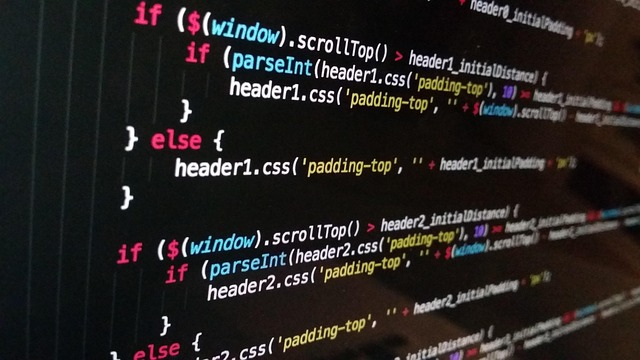In real estate, ensuring occupant safety is paramount for asset value preservation and enhancement. Common hazards include structural issues, environmental concerns, fire risks, and hidden dangers like mold. Mitigation involves regular inspections, updates on safety regulations, maintenance checks, proper insurance, security systems, drills, and emergency protocols. Regular painting, repairs, well-maintained smoke alarms, and detailed records contribute to a safe environment, aligning with best practices in real estate management.
Protecting property occupants from hazards is a critical aspect of responsible real estate management. This comprehensive guide explores common property hazards in real estate, offers practical strategies for implementing safety measures, and emphasizes the importance of regular maintenance and inspections. By adopting these best practices, real estate professionals can create secure living environments that mitigate risks and enhance tenant satisfaction.
Identifying Common Property Hazards in Real Estate

In the real estate sector, identifying and mitigating hazards is paramount to ensure property occupants’ safety and well-being. Common property hazards can range from structural issues like faulty wiring or leaking roofs, to environmental concerns such as poor air quality or asbestos presence. Fire risks, including outdated electrical systems and lack of smoke detectors, are also significant threats that need addressing. Additionally, real estate properties may harbor hidden dangers like mold growth due to water intrusion or inadequate ventilation.
Property managers and owners must conduct thorough inspections and stay updated on local safety regulations to identify these hazards. Regular maintenance checks can help prevent or mitigate risks, ensuring a safe living environment for occupants. Investing in proper insurance coverage is another strategic step to safeguard against potential liabilities arising from unforeseen property hazards.
Implementing Safety Measures to Protect Occupants

In the realm of real estate, ensuring the safety and well-being of property occupants is paramount. Implementing robust safety measures not only enhances the living or working environment but also adds value to the asset in terms of both financial stability and reputation. Start with basic precautions like smoke detectors, fire extinguishers, and regular maintenance checks to identify potential hazards. Advanced systems such as security cameras, access control mechanisms, and emergency alert networks can further fortify the space against unforeseen dangers.
Regular safety audits and drills are essential to keep all occupants informed and prepared. Educating tenants or employees about evacuation protocols, first aid kits, and emergency contact numbers empowers them to react swiftly during critical situations. Additionally, promoting a culture of safety awareness through regular communication channels fosters a collective responsibility that makes the property a safer haven for everyone.
Regular Maintenance and Inspections for Hazard Prevention

Regular maintenance and inspections are cornerstones in protecting real estate property occupants from potential hazards. Routine checks should cover structural integrity, fire safety systems, plumbing, electrical wiring, and heating/cooling mechanisms. By keeping an eye on these aspects, property owners or managers can prevent minor issues from escalating into major accidents or health risks.
For instance, regular painting and repair of walls and ceilings can prevent water damage from leaks, while well-maintained fire extinguishers and smoke alarms are vital in case of emergencies. Keeping records of maintenance activities ensures that no area is overlooked, fostering a safe environment for residents or tenants. This proactive approach aligns with best practices in real estate management, ensuring the property’s long-term value and the well-being of its occupants.






